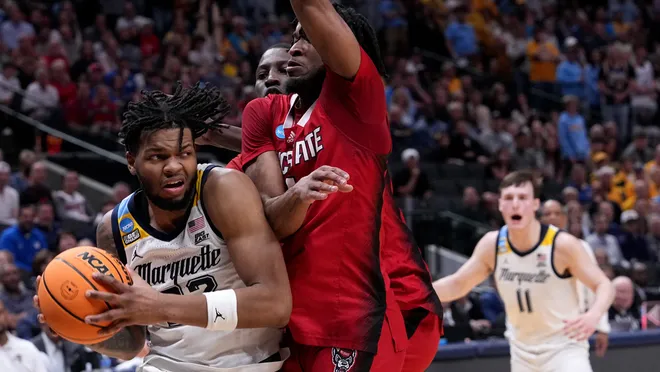Historic Underdog Triumphs in March Madness

Underdogs make history with surprising March Madness seeds.
Introduction
Since the NCAA men’s basketball tournament expanded to 64 teams in 1985, March Madness seeds have produced unforgettable underdog stories. While lower-seeded teams rarely make deep runs, history shows that some double-digit seeds have pulled off astonishing feats — and a few of these teams have even advanced to the national semifinals or beyond. In this article, we’ll explore the remarkable journey of these lower-seeded programs, highlight iconic championship battles, and break down important facts that every fan of college hoops should know.
Double-Digit Seeds That Reached the Final Four
Only seven double-digit seeds have journeyed all the way to the Final Four since 1985, underscoring just how difficult it is for an underdog to navigate the bracket. Most recently, No. 11 NC State in the 2023-24 season stunned the college basketball world by taking the South regional crown. Other notable double-digit seeds to make the Final Four include:
- No. 11 LSU (1986)
- No. 11 George Mason (2006)
- No. 11 VCU (2011)
- No. 10 Syracuse (2016)
- No. 11 Loyola Chicago (2018)
- No. 11 UCLA (2021)
These surprising appearances illustrate how “Cinderella” teams can captivate the nation, fuel bracket-busting moments, and inspire future underdogs.
Notable Lowest Seeds for Each Milestone
Below is a quick reference on the lowest seeds ever to clear each round of March Madness:
- Make Second Round (Round of 32)
- Make Sweet 16
- No. 15 Florida Gulf Coast (2013)
- No. 15 Oral Roberts (2021)
- No. 15 Saint Peter’s (2022)
- No. 15 Princeton (2023)
- Make Elite Eight
- No. 15 Saint Peter’s (2022)
- Make Final Four
- No. 11 LSU (1986)
- No. 11 George Mason (2006)
- No. 11 VCU (2011)
- No. 11 Loyola Chicago (2018)
- No. 11 UCLA (2021)
- No. 11 NC State (2024)
- Make Championship Game
- No. 8 Villanova (1985)
- No. 8 Butler (2011)
- No. 8 Kentucky (2014)
- No. 8 North Carolina (2022)
- Win Title
- No. 8 Villanova (1985)
When an Eighth Seed Takes Center Stage
An eighth seed has made the national title game four times, starting with No. 8 Villanova in 1985. In the championship that year, Villanova overcame top-seeded Georgetown for one of the most shocking upsets in tournament history. Subsequent No. 8 seeds to make it to the final were Butler (2011), Kentucky (2014), and North Carolina (2022). However, the Wildcats remain the only No. 8 seed to emerge with the national championship trophy.
Highest Combined Seeds in a Title Game
The 2014 title contest between No. 7 UConn and No. 8 Kentucky featured the highest total seed value (15) in a championship game under the expanded tournament format. UConn ultimately edged Kentucky, proving that elite guard play and tournament experience can overcome seed-based expectations.
Quick Tips on Filling Out a Bracket
- Look for strong guard play: Underdog teams often thrive with experienced backcourt leaders.
- Monitor momentum: Late-season surges can carry over into the tournament.
- Avoid too many upsets: While upsets happen, balance is key when picking your Final Four.
- Embrace the chaos: Even if your bracket goes bust, the unpredictability is what makes March Madness so captivating.
Conclusion
From the dream run of No. 15 Saint Peter’s to the iconic 1985 championship victory of No. 8 Villanova, lower-seeded teams have repeatedly defied the odds. Each time a double-digit seed progresses, fans are reminded that March Madness seeds are more than just numbers — they’re pathways to underdog miracles and everlasting tournament memories.






